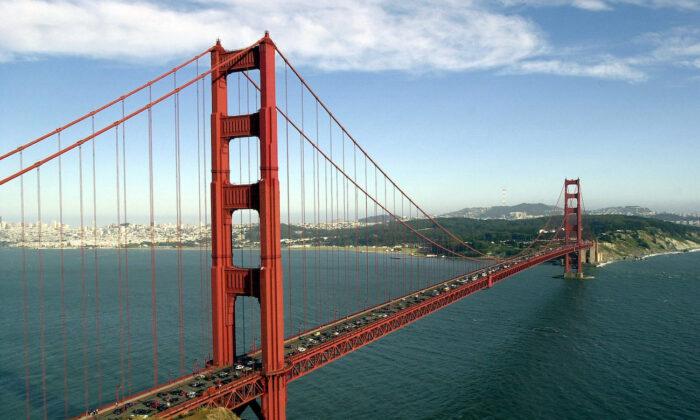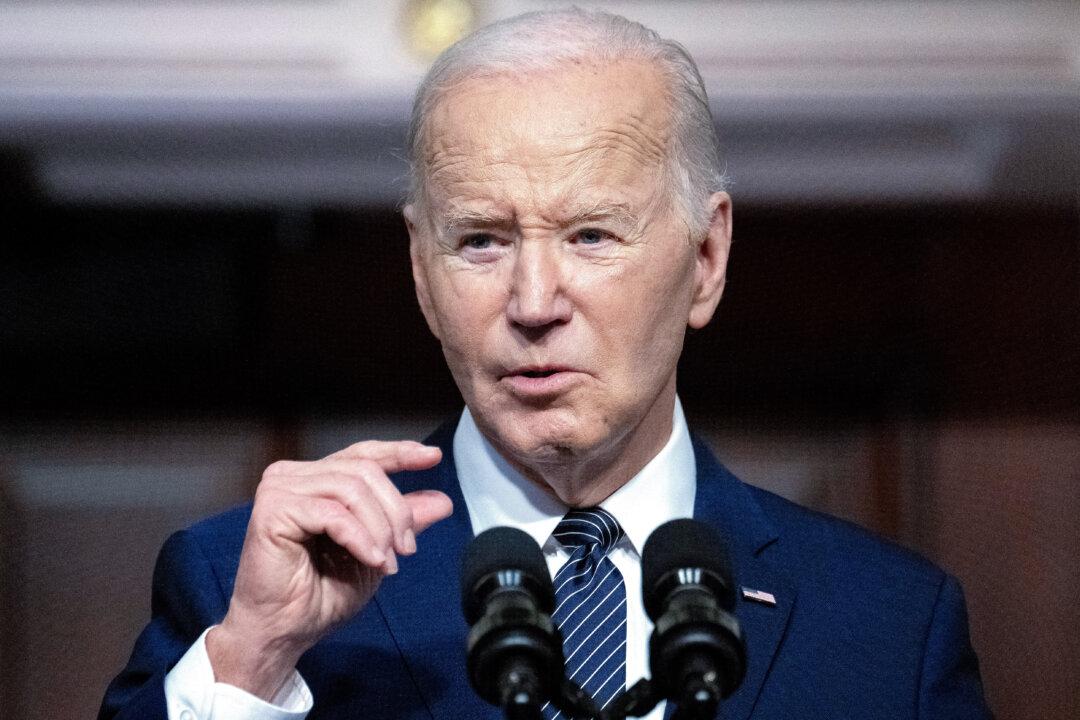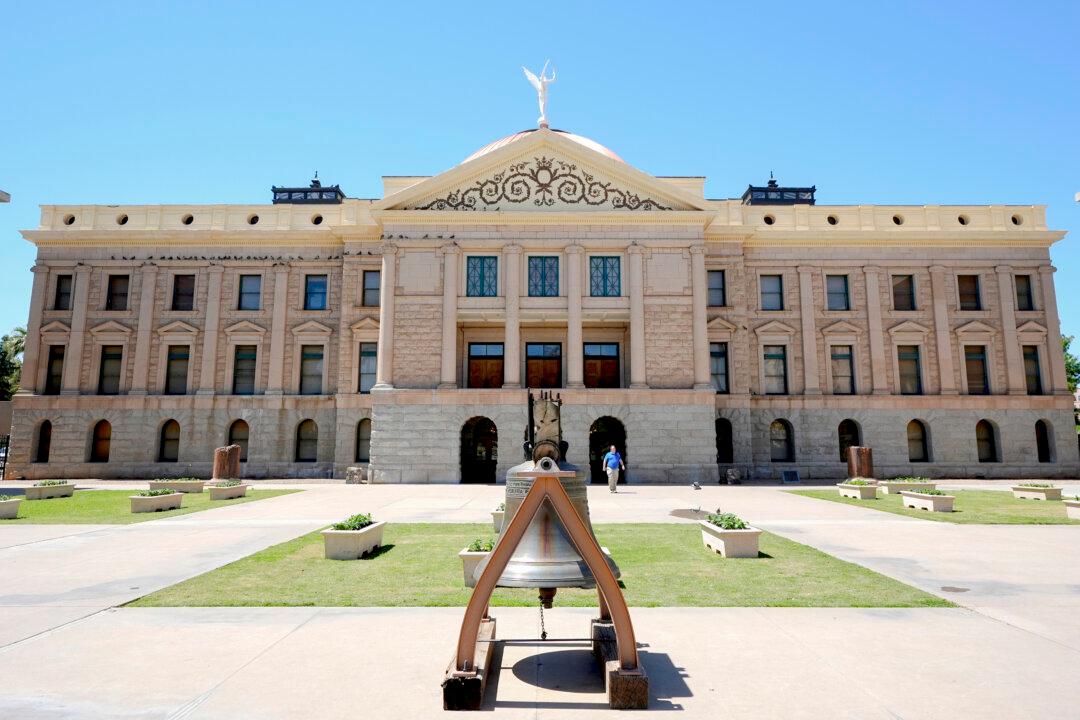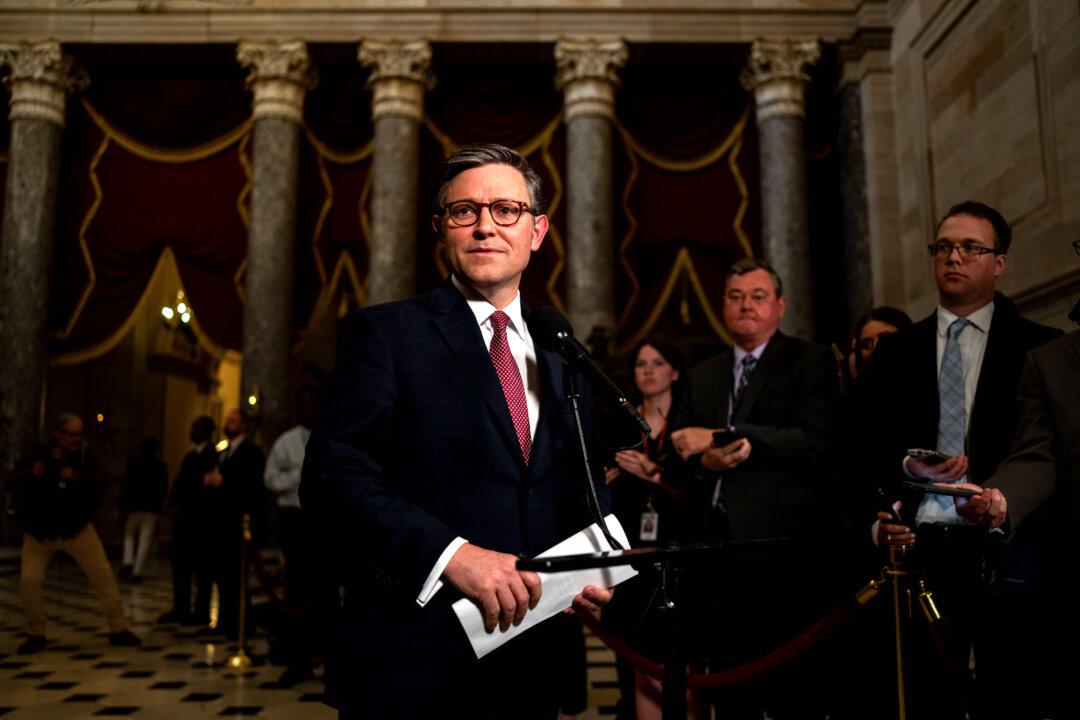The Department of Transportation (DOT) announced on Jan. 23 it would be spending $400 million on upgrades and safety measures for California’s Golden Gate Bridge.
“We’re investing $400 million to replace, retrofit, and install critical structural elements on the Golden Gate Bridge that will make it more resilient during earthquakes and ensure commuters and businesses alike can continue to rely on it,” the department said in a statement posted on Twitter.

Ensuring Bridges Are Operational
The DOT announced the funding opportunity for the BIP in June of last year saying the funding provided by the infrastructure law was the “single largest dedicated investment in bridges since the construction of the interstate highway system.”According to the press release the program is providing $12.5 billion over five years for the bridge program and almost $2.4 billion of that was made available in Fiscal Year 2022.
The purpose of the program was to assist with necessary works on some of the nation’s largest bridges.
“This investment will help ensure that some of the nation’s most important bridges remain operational, support local economies, strengthen our supply chains, improve safety, and create good-paying jobs across the country,” the department said in its press release.
“With resources from President [Joe] Biden’s Bipartisan Infrastructure Law, we’re thrilled to begin accepting applications for one of the most significant investments in our bridges in decades, fixing everything from America’s most economically significant bridges to smaller bridges that mean everything to a local community,” said Transportation Secretary Pete Buttigieg said at the time.
“When these bridges are repaired, the American people will benefit from greater safety, lower shipping costs for consumers and maintenance costs for drivers, faster movement of goods across our supply chains, fuel savings, and precious time being returned to their day.”
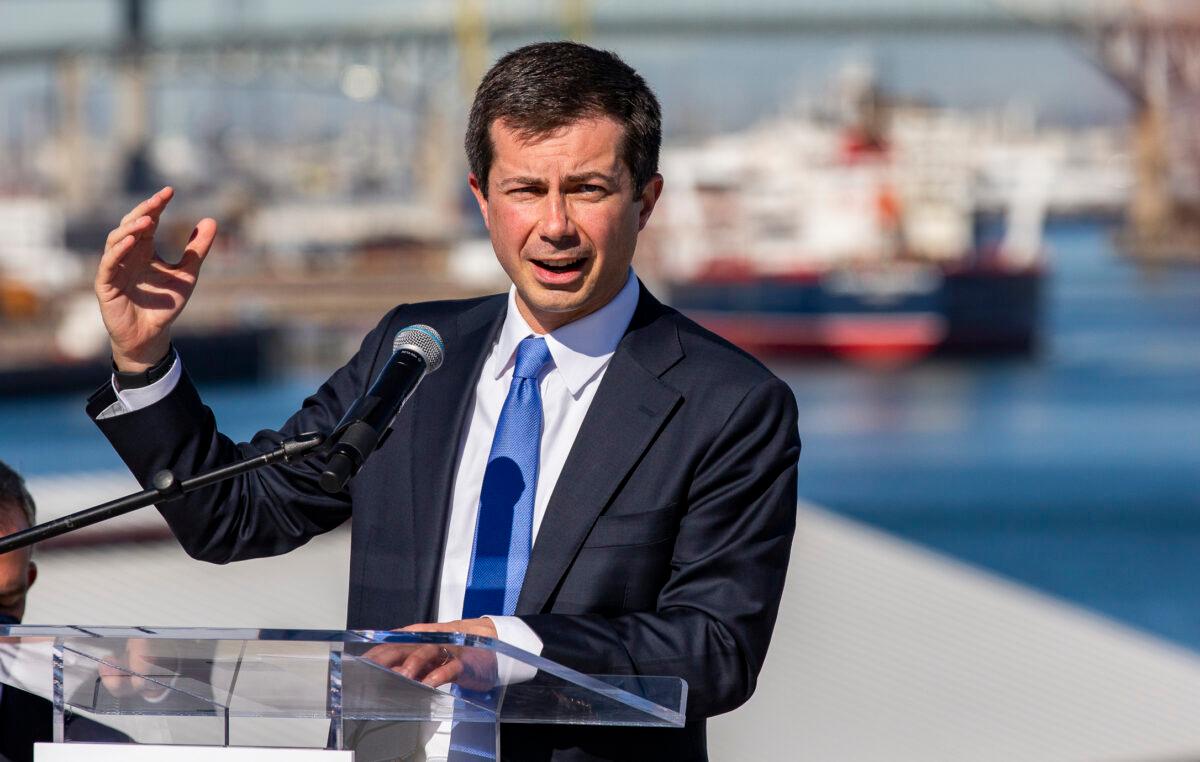
The Bridge Investment Program adds $12.5 billion to the more than $27 billion allocated to states by the Bridge Formula Program, which was announced earlier this year.
Together, the infrastructure act’s contribution of $40 billion allows the department to fund multiple bridge renovation projects in communities throughout all 50 states.
“These funds will make a significant contribution to improving the condition of our nation’s aging bridges—both large, signature bridge projects that are important for our national economy, as well as smaller structures that provide benefits at the regional and local levels and are critical for communities across the country,” deputy federal highway administrator Stephanie Pollack said in the press release.
Potential Damage From Earthquakes
Earthquakes can have significant damage to the Golden Gate Bridge, specifically.The bridge is designed to withstand moderate earthquakes, but a strong or severe earthquake could cause major damage to roadways, sidewalks, towers, and main cables, anchors and foundations, as well as its electrical and mechanical systems.
There is also the possibility of a loss of structural integrity that could lead to collapse.
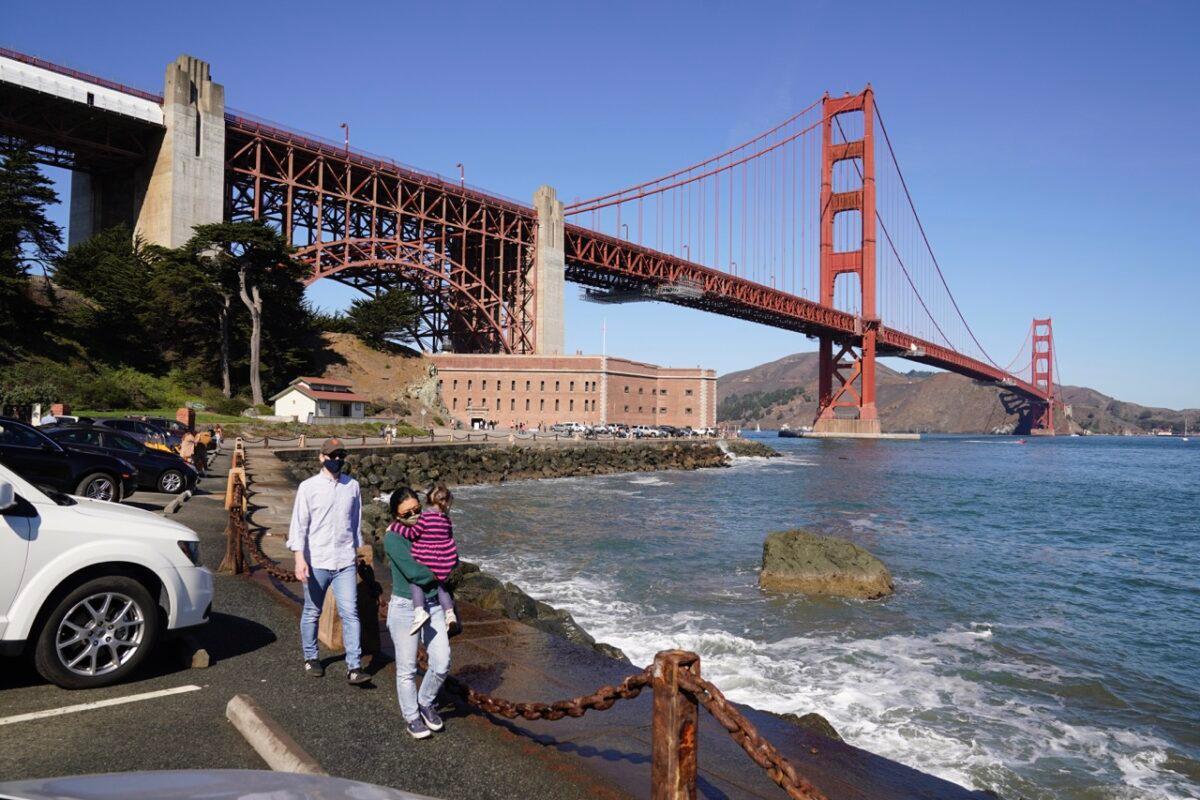
The Golden Gate Bridge upgrades have significance due to the bridge’s value as a tourist attraction.
In addition to the millions of cars, pedestrians, and cyclists that use the bridge annually, its use by freight trucks means the bridge is seen as key to commerce for the Bay Area of California.
Additionally, businesses—especially hotels, restaurants, and souvenir shops in the surrounding areas—benefit from the large number of tourists visiting the span.
The Golden Gate Bridge also creates jobs and economic opportunities for those living in the area.
It employs maintenance workers, engineers, and other staff to keep it running smoothly, and the heavy traffic flow also creates jobs for transportation workers, tour guides, and other service providers.
